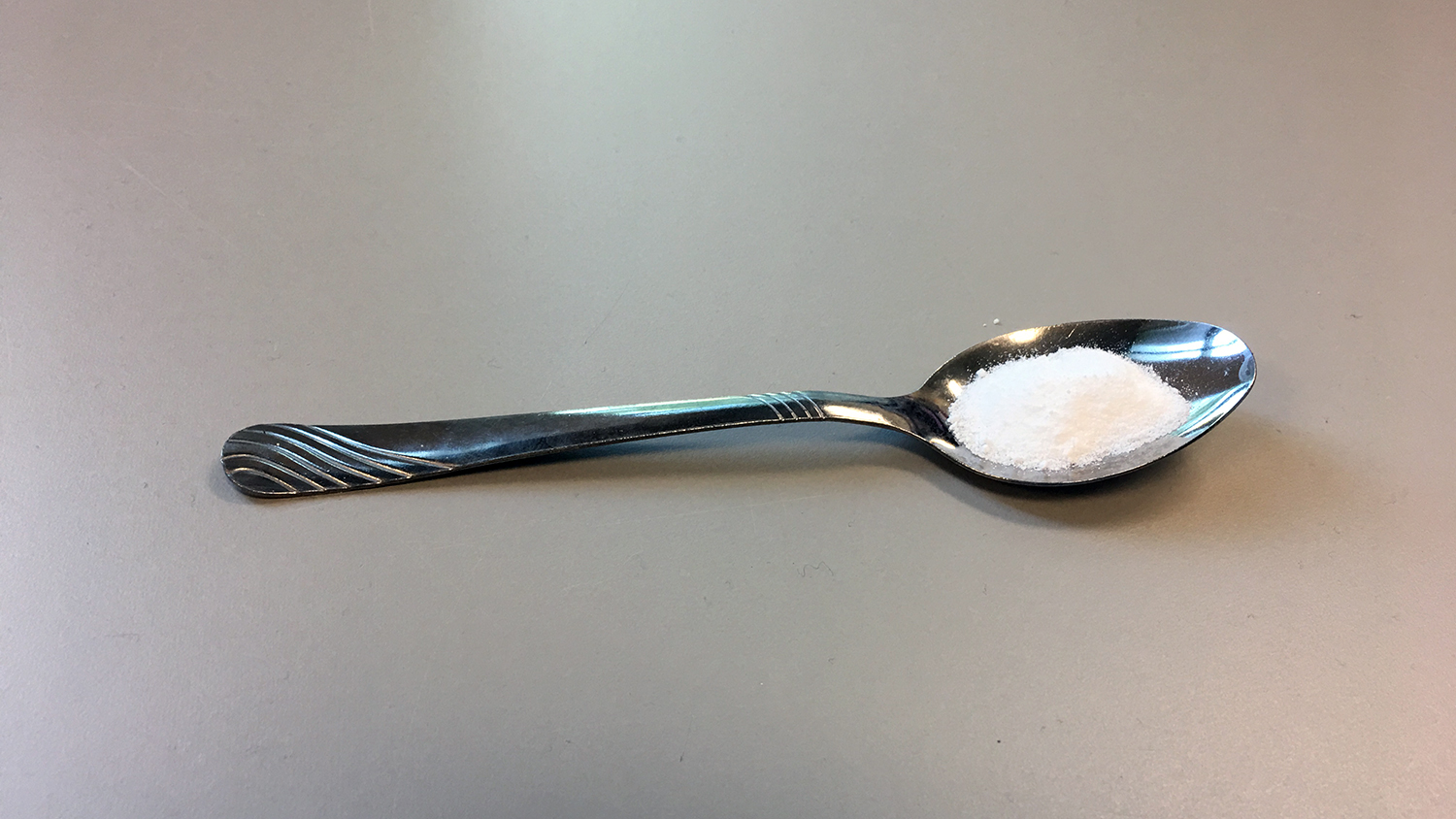For Immediate Release
Sucralose, a widely used artificial sweetener sold under the trade name Splenda®, is metabolized in the gut, producing at least two fat-soluble compounds, according to a recent study using rats. The finding differs from the studies used to garner regulatory approval for sucralose, which reported that the substance was not broken down in the body. The new study also found that sucralose itself was found in fatty tissues of the body.
The researchers used the same experimental model used by the Food & Drug Administration (FDA) to assess the safety of foods based on accepted daily intake. In this case, that involved administering an average dose of 80.4 milligrams/kilogram/day to 10 rats for 40 days. Urine and feces from the rats were collected and assessed for those 40 days, and for the following two weeks. At the end of the two-week follow-up period, fatty tissue from a subset of the rats was also tested.
The researchers, from North Carolina State University and Avazyme Inc. – an analytical testing company – used techniques designed to detect both fat- and water-soluble metabolites. That’s significant because industry did not use state-of-the-art techniques that targeted the full suite of fat-soluble metabolites in the studies it submitted to the FDA when seeking FDA approval for sucralose.
“Our techniques were more suited to extracting and preserving fat-soluble metabolites,” says Susan Schiffman, an adjunct professor at NC State and co-author of the recent study. “We were also able to use state-of-the-art analytical techniques to identify those metabolites.
“We found two metabolites in urine and feces throughout the sucralose dosing period,” Schiffman says. “Those metabolites could still be detected in the urine 11 days after we stopped giving the rats sucralose, and six days after the sucralose itself could no longer be detected. That’s particularly interesting, given that the metabolism studies that the FDA’s approval were based on reported that ingested sucralose was not metabolized.”
Specifically, the metabolites were acetylated compounds, which are highly lipophilic – meaning they are easily dissolved in fat. That means they are more likely to stick around in the body.
In addition, the researchers found that sucralose itself was detected in the adipose, or fatty, tissues of rats two weeks after the rats had stopped receiving sucralose.
“Based on previous studies, we know that sucralose can be passed on by nursing mothers in their breastmilk,” Schiffman says. “And, among other findings, we know that sucralose can reduce the abundance of beneficial bacteria in the gut. Our new study shows that sucralose is also creating metabolites whose potential health effects we know little or nothing about.
“As a result, we feel that it may be time to revisit the safety and regulatory status of sucralose,” Schiffman says.
The paper, “Intestinal Metabolism and Bioaccumulation of Sucralose In Adipose Tissue In The Rat,” is published in the Journal of Toxicology and Environmental Health, Part A. The paper was co-authored by Volker Bornemann and Stephen Werness of Avazyme; and Lauren Buslinger, director of veterinary services for laboratory animal resources in NC State’s College of Veterinary Medicine. This research was supported by the Engineering Foundation at North Carolina State University.
-shipman-
Note to Editors: The study abstract follows.
“Intestinal Metabolism and Bioaccumulation of Sucralose In Adipose Tissue In The Rat”
Authors: Volker Bornemann and Stephen C. Werness, Avazyme Inc.; Lauren Buslinger and Susan S. Schiffman, North Carolina State University
Published: Aug. 22, Journal of Toxicology and Environmental Health, Part A
DOI: 10.1080/15287394.2018.1502560
Abstract: The aim of this study was to (1) determine if the organochlorine artificial sweetener sucralose is metabolized in rat intestine with repeated dosing and (2) examine whether sucralose might bioaccumulate in rat adipose tissue. Sucralose was administered to 10 rats by gavage daily for 40 days at an average dosage of 80.4 mg/kg/day. The dosages were within the range utilized in historical toxicology studies submitted for regulatory approval in North America, Europe, and Asia. Feces and urine were collected individually from each animal for every 24-hr period during the 40-day dosing period. Analysis of the urine and fecal extracts by ultra-high performance liquid chromatography tandem mass spectrometry (UHPLC–MS/MS) revealed two new biotransformation products that have not previously been reported. These two metabolites are both acetylated forms of sucralose that are less polar and hence more lipophilic than sucralose itself. These metabolites were present in urine and feces throughout the sucralose dosing period and still detected at low levels in the urine 11 days after discontinuation of sucralose administration and 6 days after sucralose was no longer detected in the urine or feces. The finding of acetylated sucralose metabolites in urine and feces do not support early metabolism studies, on which regulatory approval was based, that claimed ingested sucralose is excreted unchanged (i.e. not metabolized). The historical metabolic studies apparently failed to detect these metabolites in part because investigators used a methanol fraction from feces for analysis along with thin layer chromatography and a low-resolution linear radioactivity analyzer. Further, sucralose was found in adipose tissue in rats two weeks after cessation of the 40-day feeding period even though this compound had disappeared from the urine and feces. Thus, depuration of sucralose which accumulated in fatty tissue requires an extended period of time after discontinuation of chemical ingestion. These new findings of metabolism of sucralose in the gastrointestinal tract (GIT) and its accumulation in adipose tissue were not part of the original regulatory decision process for this agent and indicate that it now may be time to revisit the safety and regulatory status of this organochlorine artificial sweetener.
- Categories:



